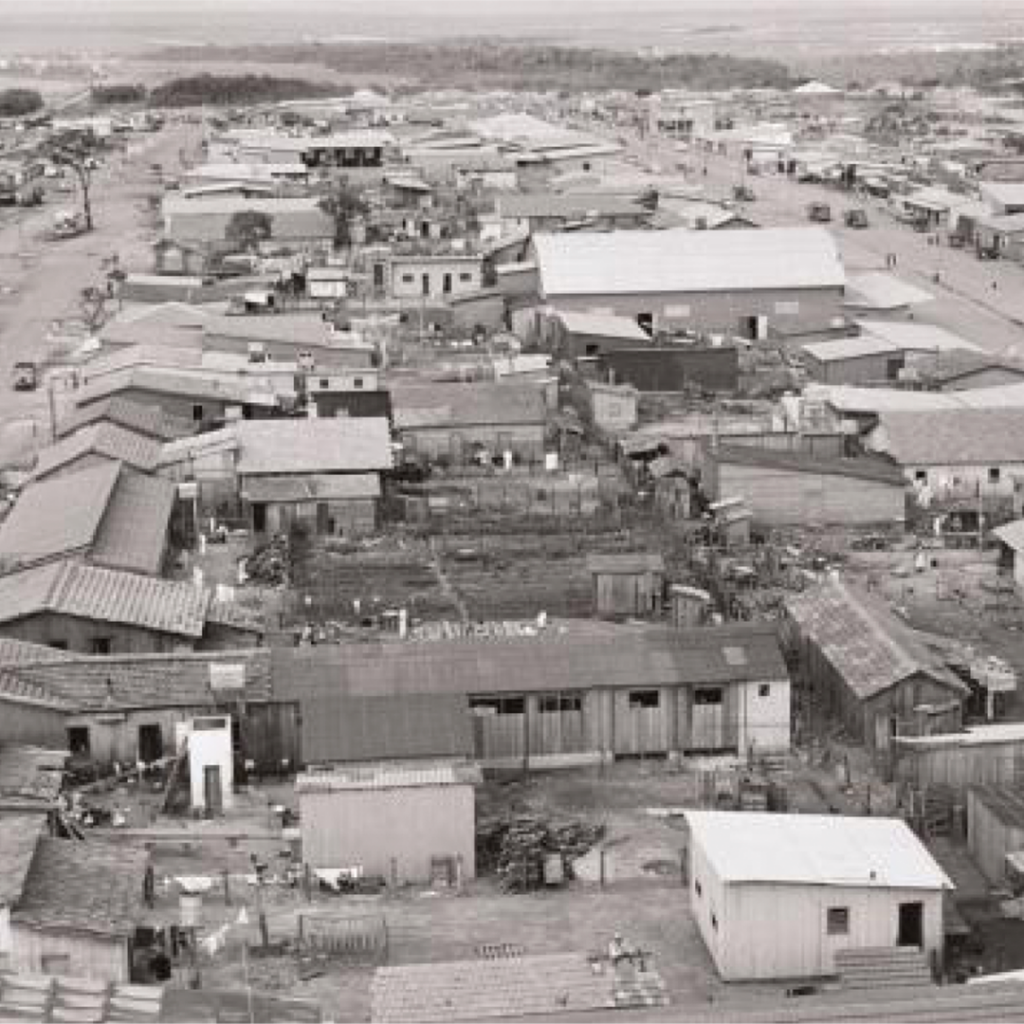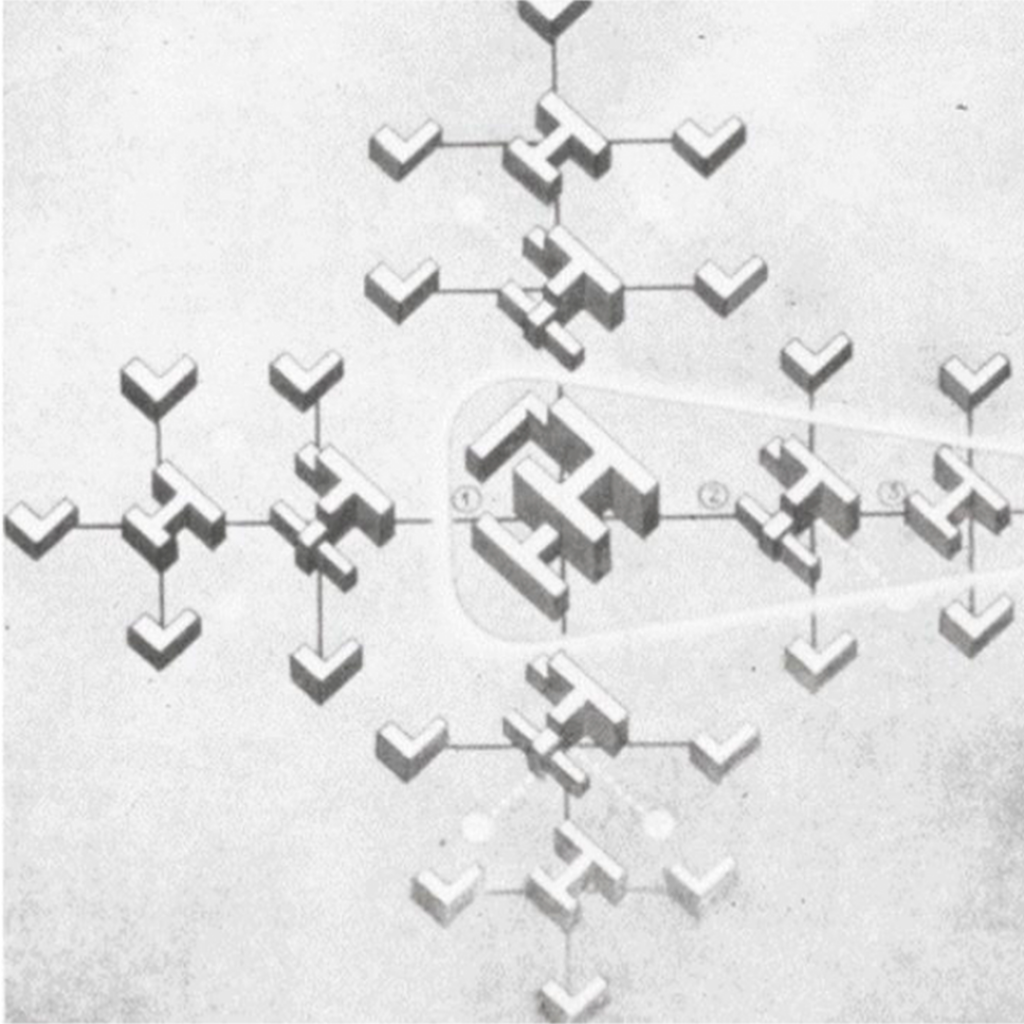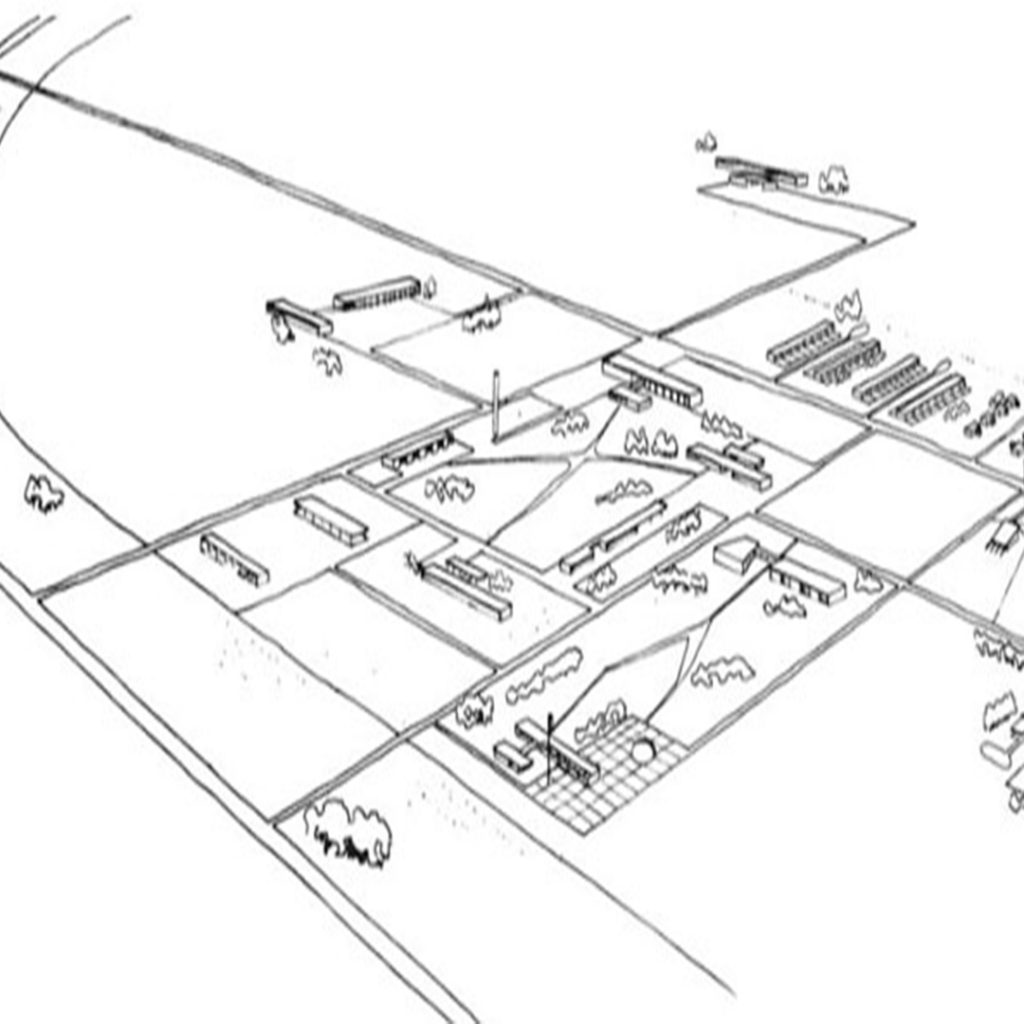Capital City and Periphery
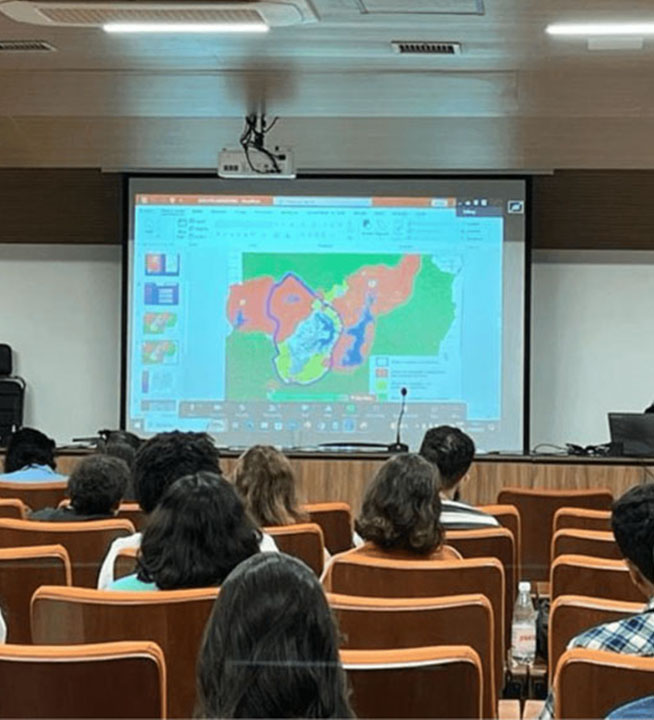
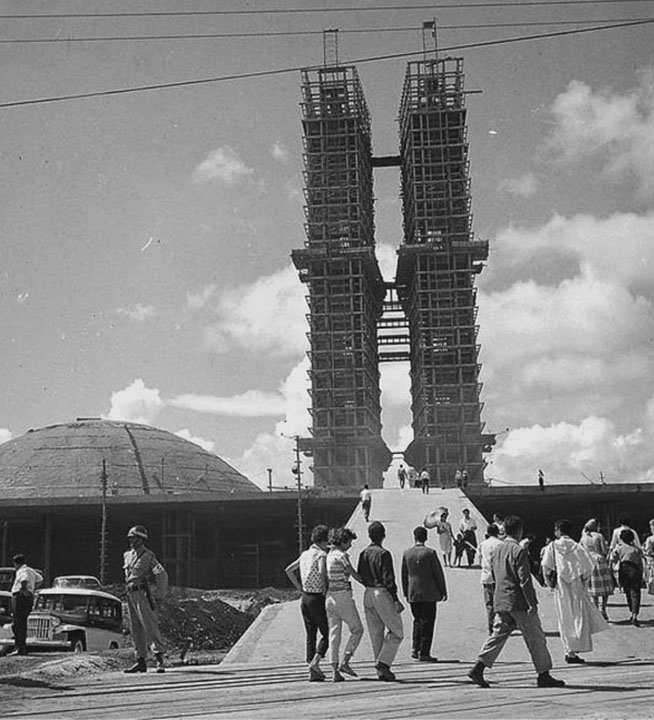
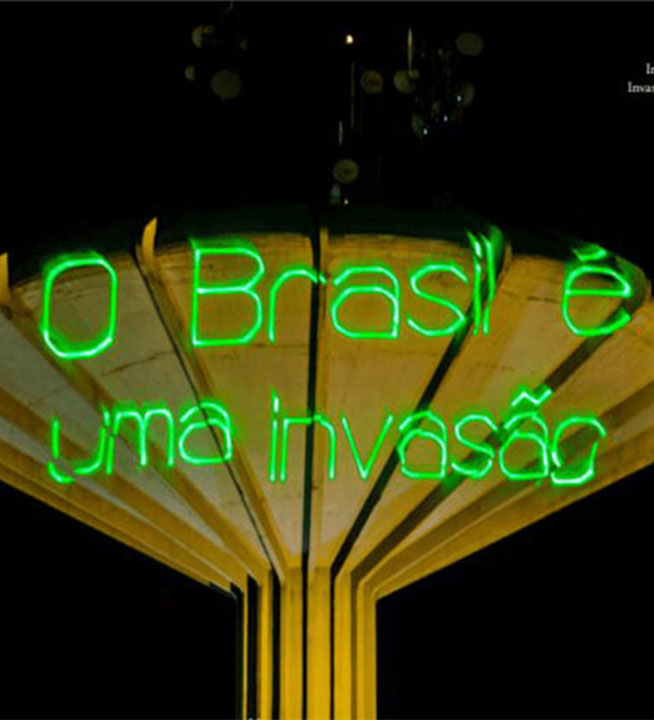
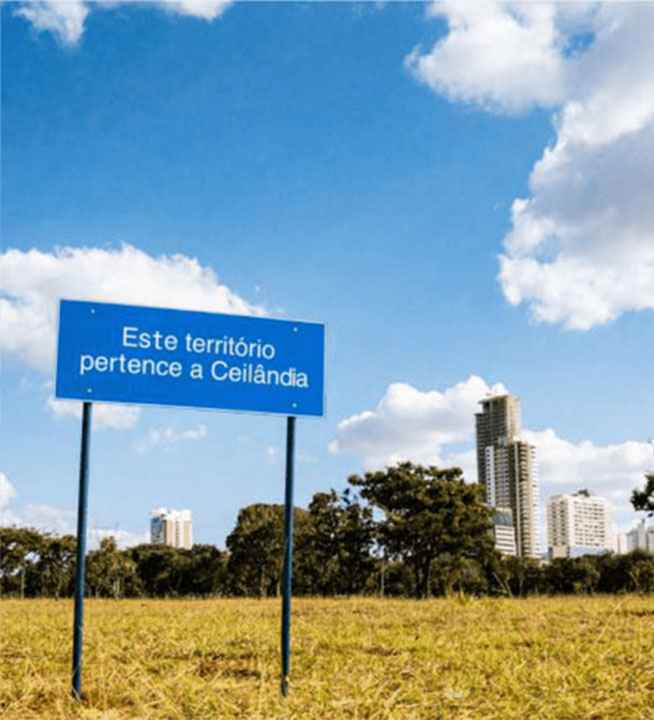
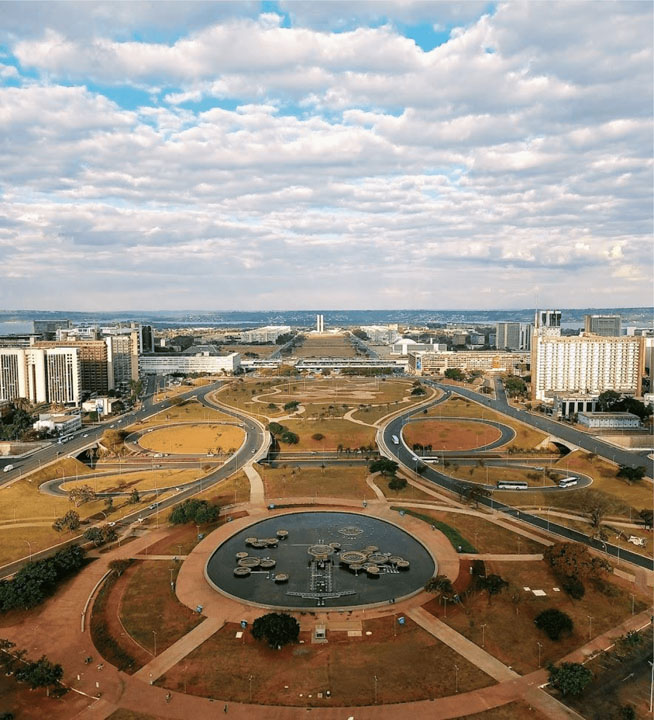
-
Research Areas
-
History of Planning, Urbanization, and Urban Planning of Brasília
encompasses studies on urban design, urban and territorial planning, urbanization dynamics, and territory formation.
-
Representations of Brasília
includes investigations on social representations, identities, and imaginaries, based on various sources: oral testimonies, literature, graffiti, heritage dossiers, and classified ads.
-
Development of the territories of Goiás and the Federal District
deals with the urbanization of the Goiás province in the 19th century, aiming to contribute to the analysis of the development of that territory and its implications for the process of building Brasília.
Current Research
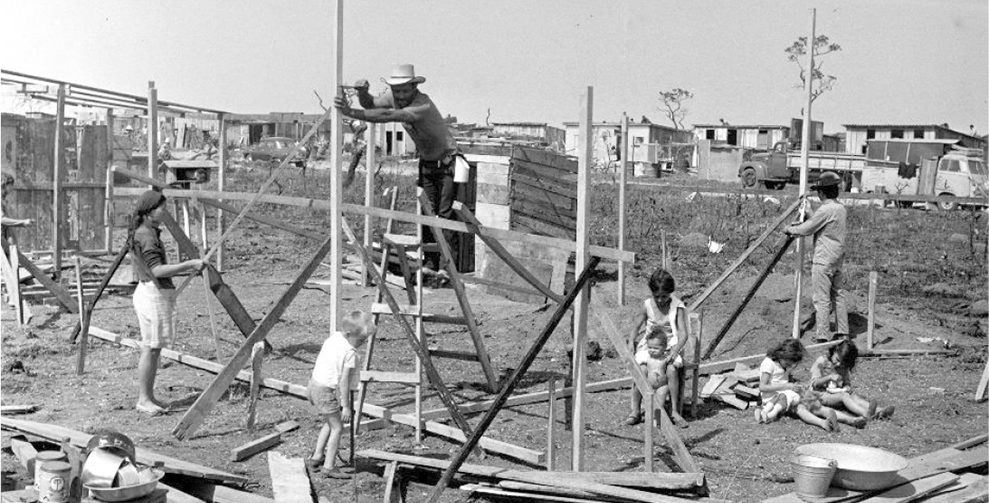
The group is currently working on the research project “Favelas and removal in Brasília,” aimed at analysing practices of favela eradication, with emphasis on the period of military dictatorship. The research involves not only the analysis of plans and reports elaborated by technicians and authorities but also social representations of favelas and evictions expressed in photos, graffiti, literary writings, and heritage dossiers. Furthermore, the goal is to situate Brasília’s experience within a broader context of policymaking regarding favela removal in Brazil.
The project involves a visiting scholar period at the Center for Latin American Studies at Georgetown University in the United States, in dialogue with Professor Bryan McCann, author of several publications on Brazil’s history and urban culture, including “Hard Times in the Marvellous City: From Dictatorship to Democracy in the Favelas of Rio de Janeiro” (Duke University Press, 2014).
The research will produce a series of articles to be published in national and international scientific journals, alongside the organization of scientific events for the discussion of preliminary results, and an exhibition at the Risofloras Gallery of the Programa Jovem de Expressão This project has been granted funding from the Fulbright Brazil Program and from the CNPq call for international cooperation projects.
Articles in English
- capitaleperiferia@gmail.com

